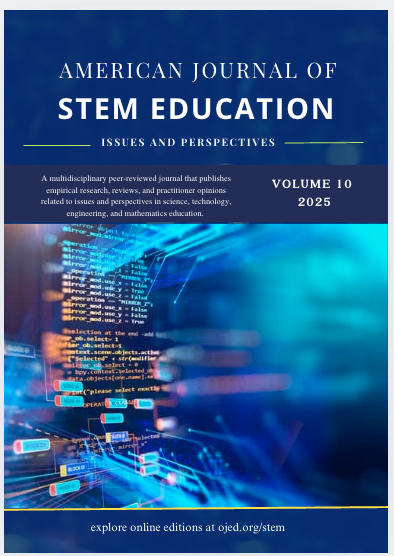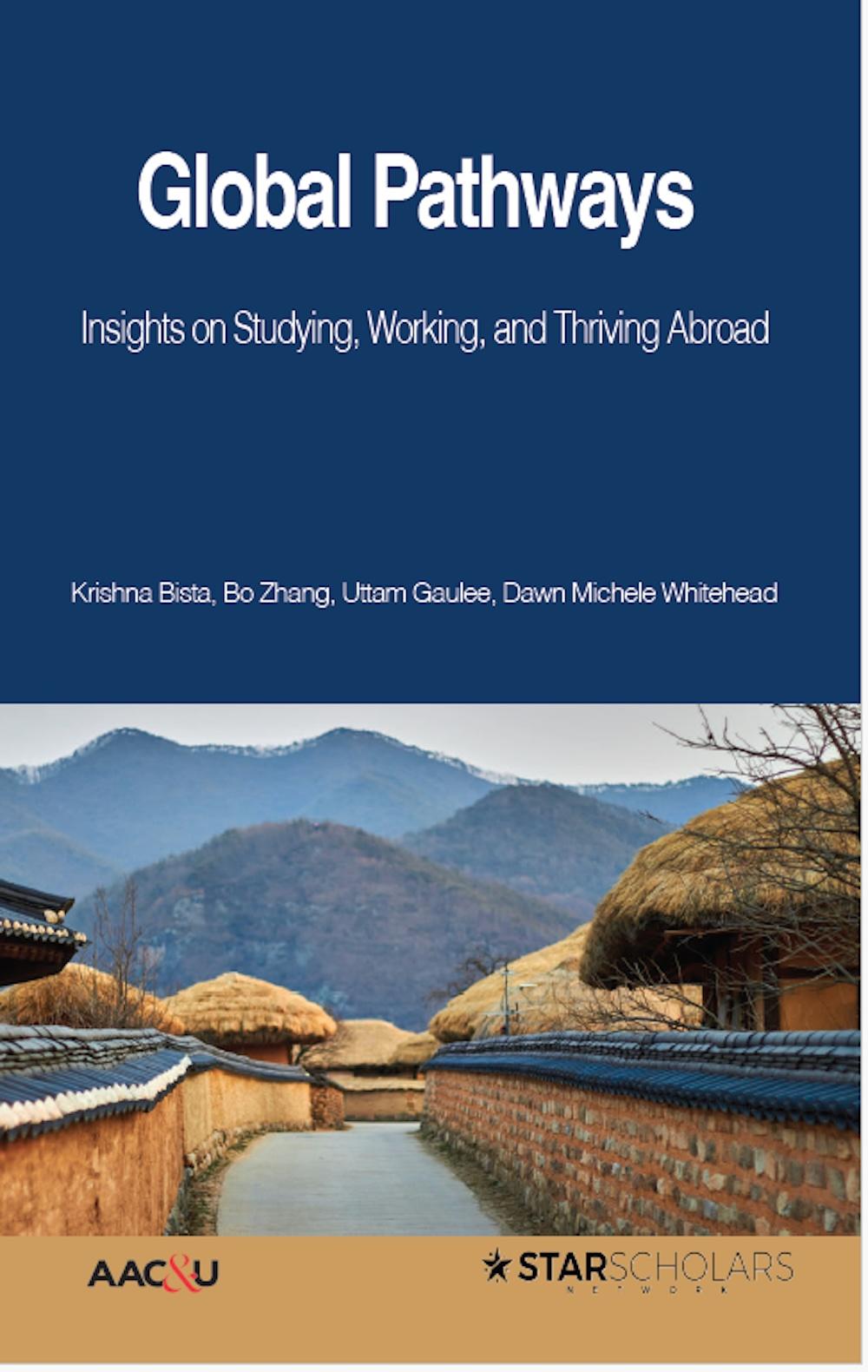The Bodhisattva in T. S. Eliot’s “The Waste Land”
A journey through spiritual desolation
DOI:
https://doi.org/10.32674/Keywords:
Buddha figure, Buddha nature, enlightenment, Mahayana Buddhism, redemptionAbstract
T.S. Eliot's seminal modernist poem "The Waste Land" has long been recognized for its intricate web of literary and philosophical allusions, including references to Mahayana Buddhism. This paper aims to examine the presence and significance of the Bodhisattva, a central figure in this tradition, within the poem. Through the lens of Buddha Nature, the fragmented characters and desolate landscapes depicted in "The Waste Land" are re-examined, revealing hidden layers that resonate with the notion of inherent enlightenment in apparent spiritual crisis. The paper explores how Eliot's engagement with Buddhist philosophy, as reflected through the concept of Buddha Nature, bridges eastern and western worldviews, offering a platform for cross-cultural dialogue and interpretation. It seeks to unravel Eliot's nuanced exploration of human suffering, the quest for enlightenment, and the interplay between spiritual emptiness and the inherent Buddha Nature. The Bodhisattva's commitment to guiding others toward enlightenment echoes the potential for transformation.
Downloads
Published
Issue
Section
License
Copyright (c) 2024 Interdisciplinary Journal of Innovation in Nepalese Academia

This work is licensed under a Creative Commons Attribution-NonCommercial-NoDerivatives 4.0 International License.
Upon publication articles are immediately and freely available to anyone, anywhere, at any time. All published articles are licensed under a Creative Commons Attribution-NonCommercial-NoDerivs 4.0 Unported License. All articles are permanently available online. The final version of articles may be posted to an institutional repository or to the author's own website as long as the article includes a link back to the original article posted on OJED.






